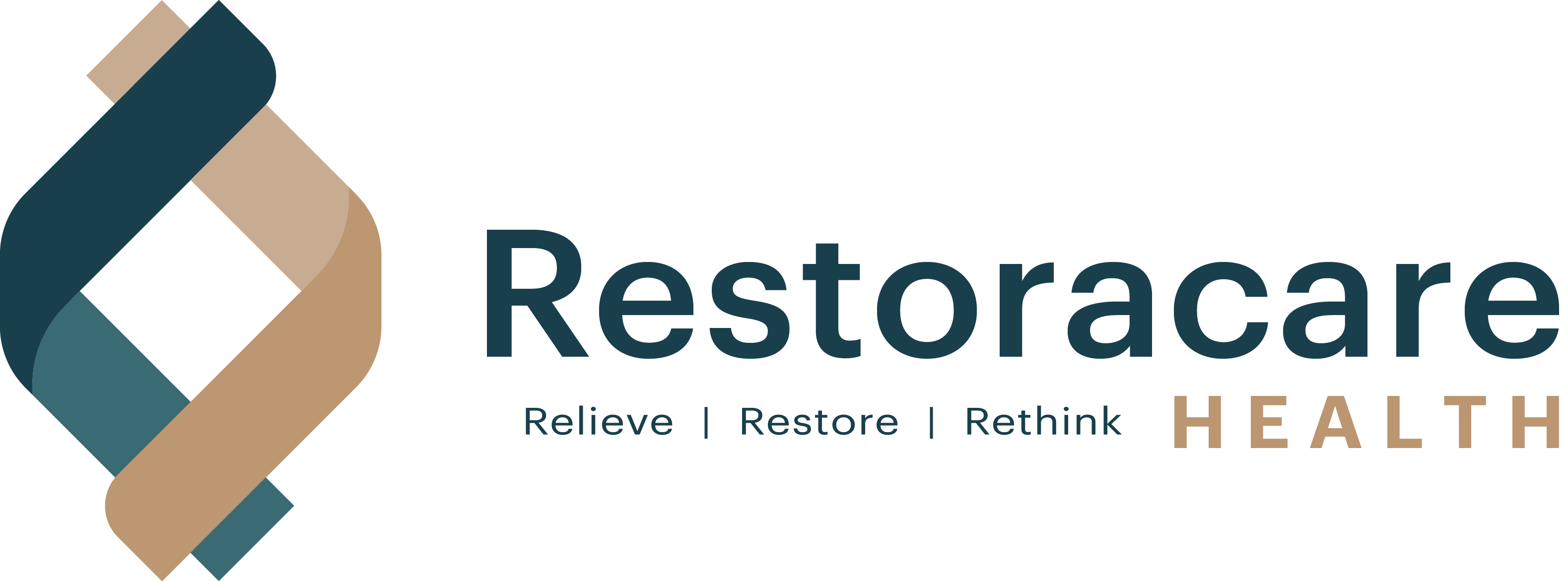Did you know that chiropractic treatments are effective at enhancing athletic performance including faster recovery times? Sports injuries can be devastating setbacks for athletes at any level. You’d be happy to know that chiropractic treatment for sports injury recovery has emerged as a promising approach for athletes.
Whether you’re a weekend warrior playing at Trinity Bellwoods, training for the Toronto Marathon, or competing in local leagues, the path to recovery often determines not just when you’ll return to action, but how well you’ll perform when you do.
Beyond sports injuries, comprehensive chiropractic treatment for back pain has helped countless Toronto residents return to their active lifestyles without relying on medication or invasive procedures.
Many athletes also discover that the same techniques restoring their sports function provide effective chiropractic treatment for neck pain and headaches that might have previously limited their training intensity.
Short Summary
- Chiropractic can help with common sports injuries like runner’s knee, shoulder injuries in hockey, and ankle sprains by addressing biomechanical issues and restoring joint function.
- A thorough assessment is crucial to develop a personalized treatment plan that addresses the root cause of the injury, alleviates pain, and prevents future injuries.
- Chiropractors use spinal adjustments, soft tissue therapies, and rehabilitation exercises to promote healing, reduce pain, and restore function.
- Preventing future injuries involves proper warm-up, hydration, equipment, listening to your body, and lifestyle modifications like diet and rest.
- Chiropractic care focuses on restoring musculoskeletal function, addressing the root causes of pain for faster recovery and preventing recurrence.
- Look for a chiropractor with experience in sports chiropractic care.
Common Sports Injuries In Toronto’s Sports Community
Understanding common injuries is the first step in effective injury prevention and ensuring athletes receive the appropriate care for sports injuries.
Runner’s Knee (Patellofemoral Pain Syndrome)
Toronto’s extensive network of trails and parks makes it a great place for runners. However, this also leads to a high incidence of Runner’s Knee. This condition, characterized by pain around the kneecap, is often caused by overuse, improper form, or inadequate footwear.
The varied terrain of Toronto’s ravine trails can exacerbate the problem. Chiropractic treatment can help alleviate pain by addressing biomechanical imbalances and improving lower body alignment.
Shoulder Injuries In Hockey Players
With the city’s strong hockey culture, shoulder injuries are exceedingly common. From minor sprains and strains to more severe dislocations and rotator cuff tears, these injuries often result from high-impact collisions or repetitive overhead movements.
Soft tissue therapy, including trigger point therapy, can be used to address muscle imbalances and improve range of motion, while chiropractic adjustments can help restore proper joint mechanics.
Ankle Sprains In Basketball And Soccer
Basketball and soccer are popular sports in Toronto, particularly among youth. These sports involve quick changes in direction, jumping, and potential contact with other players, all of which contribute to a high risk of ankle sprains.
Chiropractic care focuses on restoring proper ankle joint function and stability through spinal manipulation and rehabilitation exercises, ensuring a safe return to the court or field.
Chiropractic Assessment For Sports Injuries
A thorough assessment is crucial for effective chiropractic care for sports. This typically begins with a detailed medical history, focusing on the athlete’s training regimen, the mechanism of sports injuries effectively, and any pre-existing conditions. A comprehensive physical examination follows, assessing posture, range of motion, spinal alignment, and muscle function. Palpation helps identify areas of tenderness, inflammation, or restricted movement.
Neurological and orthopedic tests may be performed to rule out more serious conditions and pinpoint the source of pain. By integrating these findings, a chiropractor can develop a personalized treatment plan aimed at addressing the root cause of the injury, alleviate pain, and prevent future injuries.
Core Chiropractic Techniques Available In Toronto For Sports Injury Rehabilitation
Toronto’s sports chiropractors offer a wide array of techniques tailored to the specific needs of athletes. These methods aim to promote natural healing, reduce neck pain, improve function, and facilitate a return to peak performance.
Spinal And Extremity Adjustments
Chiropractic adjustments, also known as spinal manipulation, are a cornerstone of chiropractic care. These techniques involve applying controlled force to specific joints to restore proper alignment and improve joint mobility. In Toronto, sports chiropractors utilize these adjustments to address spinal misalignments that may be contributing to pain and dysfunction, as well as to optimize the function of joints in the extremities (shoulders, elbows, wrists, hips, knees, ankles, and feet).
For example, an athlete with a running-related knee injury may benefit from adjustments to the spine and pelvis to improve biomechanics and reduce stress on the knee joint.
Soft Tissue Therapies
Soft tissue therapy is another essential component of sports injury rehabilitation. Techniques like Active Release Techniques (ART) and Graston Technique are commonly used in Toronto clinics to address muscle imbalances, adhesions, and scar tissue that can develop after an injury. These therapies help restore blood flow, reduce pain, and improve soft tissue flexibility.
For example, a hockey player with a strained hamstring may benefit from ART to release tension in the affected muscle and improve athletic performance.
Rehabilitation Exercises
Rehabilitation exercises are crucial for restoring strength, stability, and function after a sports injury. Toronto chiropractors often prescribe specific exercises tailored to the athlete’s needs and sport. These exercises may include stretches to improve flexibility, strengthening exercises to build muscle, and proprioceptive exercises to improve balance and coordination. These are designed to facilitate a return to sports performance.
Injury Prevention And Lifestyle Modifications
Preventing future injuries is a primary goal of chiropractic care for sports. While treating sports injuries is important, equipping athletes with the knowledge and tools to avoid them in the first place is even more valuable. This involves a multi-faceted approach that addresses both physical preparation and lifestyle habits.
Tips For Avoiding Sports Injuries
- Warm-up and Cool-down: Incorporate dynamic stretching and light cardio before activity, and static stretching afterward.
- Hydration: Drink plenty of water throughout the day, especially before, during, and after exercise.
- Proper Equipment & Technique: Use appropriate gear for your sport and focus on the correct form to minimize stress on your body.
- Listen to Your Body: Don’t push through pain. Rest and seek professional help when needed to avoid exacerbating existing injuries.
Lifestyle Modifications And Education
Beyond hands-on treatment, Toronto chiropractors emphasize injury prevention through promoting natural healing and comprehensive education. Athletes receive guidance on proper nutrition, highlighting the importance of a balanced diet rich in anti-inflammatory foods to support recovery and enhance athletic performance.
They also educate on the importance of adequate rest and recovery, recognizing that peak performance requires a balance between training and allowing the body to rebuild.
Care For Sports Injuries
For athletes seeking a natural and holistic approach to recovery, chiropractic care offers a compelling option. This approach emphasizes the body’s inherent ability to heal, focusing on restoring proper musculoskeletal function and addressing the root causes of pain.
Rather than simply masking symptoms with medication, chiropractic treatment aims to correct biomechanical imbalances, reduce inflammation, and alleviate pain, ultimately facilitating a faster and more complete recovery.
Chiropractic care for sports injuries focuses not only on addressing immediate pain but also on improving musculoskeletal health to prevent recurrence. By optimizing spinal alignment, improving joint mobility, and restoring proper muscle function, sports chiropractic care helps athletes regain their competitive edge.
This comprehensive approach makes it a trusted solution for athletes looking to manage pain, recover from injuries, and optimize their overall athletic performance.
Finding The Right Chiropractor For Sports Injuries
Selecting the right chiropractor is an important step in ensuring effective treatment and a successful recovery from sports injuries.
So, look for a chiropractor with specific experience and a proven track record in sports chiropractic care. Credentials, certifications, and membership in professional organizations often indicate a higher level of expertise and commitment to staying current with the latest advancements in the field.
Ready to take the next step towards a pain-free and high-performing athletic life? Book an appointment at RestoraCare Health today and experience the transformative power of chiropractic care for your sport-related injury.
Let us help you get back in the game, stronger than ever!
Frequently Asked Questions
Do Chiropractors Treat Sports Injuries?
Yes, our chiropractors offer a range of techniques tailored to treat sports injuries, aiming to promote natural healing, reduce pain, improve function, and facilitate a return to peak performance. We utilize methods like spinal and extremity adjustments, soft tissue therapies, and rehabilitation exercises.
Can Chiropractors Diagnose Injuries?
Yes, a thorough chiropractic assessment for sports injuries, including taking a detailed medical history, performing physical, neurological, and orthopedic examinations can pinpoint the source of pain and rule out more serious conditions.





